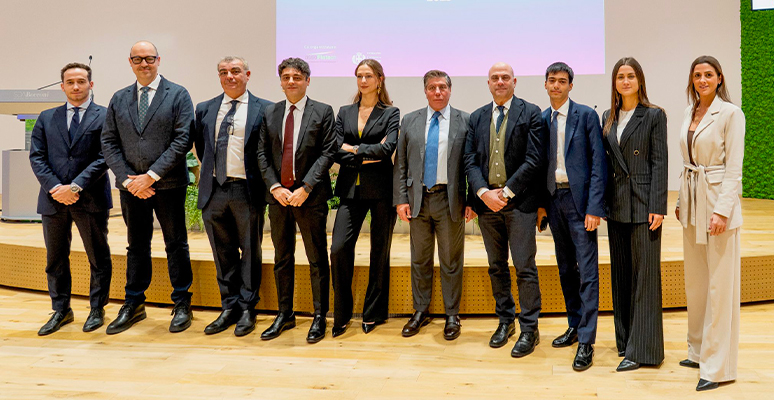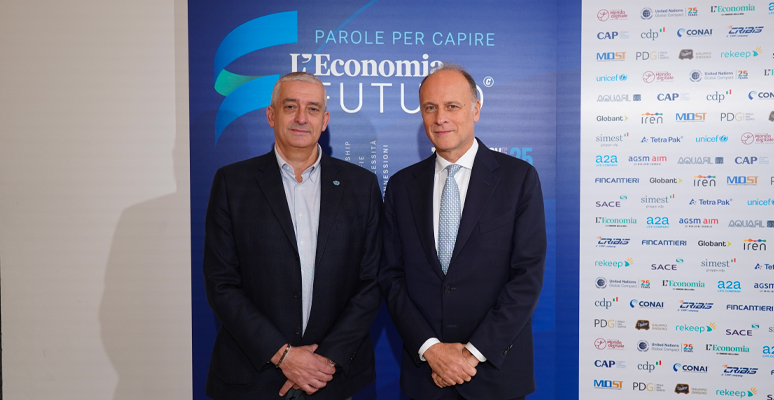A new brand value
Never before have brands and supply chains been so closely linked. The evolution of the brand from a cultural symbol to an agent of social change sees the direct involvement of the supply chain, which is coming under increasing scrutiny by stakeholders searching for information on companies. This is how the supply chain is turning into a true brand extension, and an indispensable tool that companies should leverage to tell their own unique story.
We asked Stefania Saviolo to talk to us about the main themes in her latest book, The Branded Supply Chain. A New Perspective in Sustainable Branding, edited with the collaboration of Gianmario Borney.
Why is it that today brands and their supply chains are so closely linked to warrant a discussion of the two topics in a single book?
Brand equals reputation, and that’s even more true today in a context where all stakeholders demand authenticity, relevance and transparency. Reputation is the result of how the brand presents itself, but also how the brand works behind the scenes in dealing with suppliers, designing production processes, and promoting wellbeing in its home community and in all the communities it touches.
In the book you pay particular attention to ESB criteria and the issue of sustainability and corporate purpose. Can you tell us more?
We share the view that a brand isn’t just a promise of value to the final customer. Instead it’s inspired by a broader purpose that determines how the company intends to create and distribute value to all stakeholders. Within the framework of this purpose, each brand will find a way to be sustainable, in other words, to minimize the negative and maximize the positive impacts on the environment, on people, and on the methods it uses create and distribute value - what ESG criteria are all about.
One chapter of the book is dedicated to the question of transparency. In what way is this essential for the supply chain?
Transparency in a supply chain implies visibility and disclosure. Put another way, companies should be able to trace their entire supply chain all the way upstream, and then be willing to share what they find with their audiences. Tracing upstream links in this chain is not always easy, and not every company is always willing to talk about what happens behind the scenes. Although it’s difficult to have completely transparent supply chains, it is possible to start a process which in the book we call “care & check.” The idea here is to raise awareness, to tell a story, to shine a light on a business area, specifically the supply chain, which has often been left in the dark, overlooked in terms of communication for the most part.
The last chapters of the book talk about two excellent examples of Made in Italy: Salvatore Ferragamo and Loro Piana. What are the most interesting aspects of these business cases?
These two companies have different supply chain models, but each excellent in its own way, and typical of Made in Italy: vertical integration that extends all the way to raw materials with Loro Piana; and a mostly outsourced supply chain (outsourced in Italy, that is), but one based on solid, deeply-rooted relationships in the case of Ferragamo. These companies successfully create value for suppliers and for their home communities, while building a brand reputation that is strong, sustainable, and people-centric.
SDA Bocconi School of Management.
At Call Tech Action, the technologies that ...

SDA Bocconi with UNICEF and Corriere della ...

Regenerating nature can save 50% of the ...



